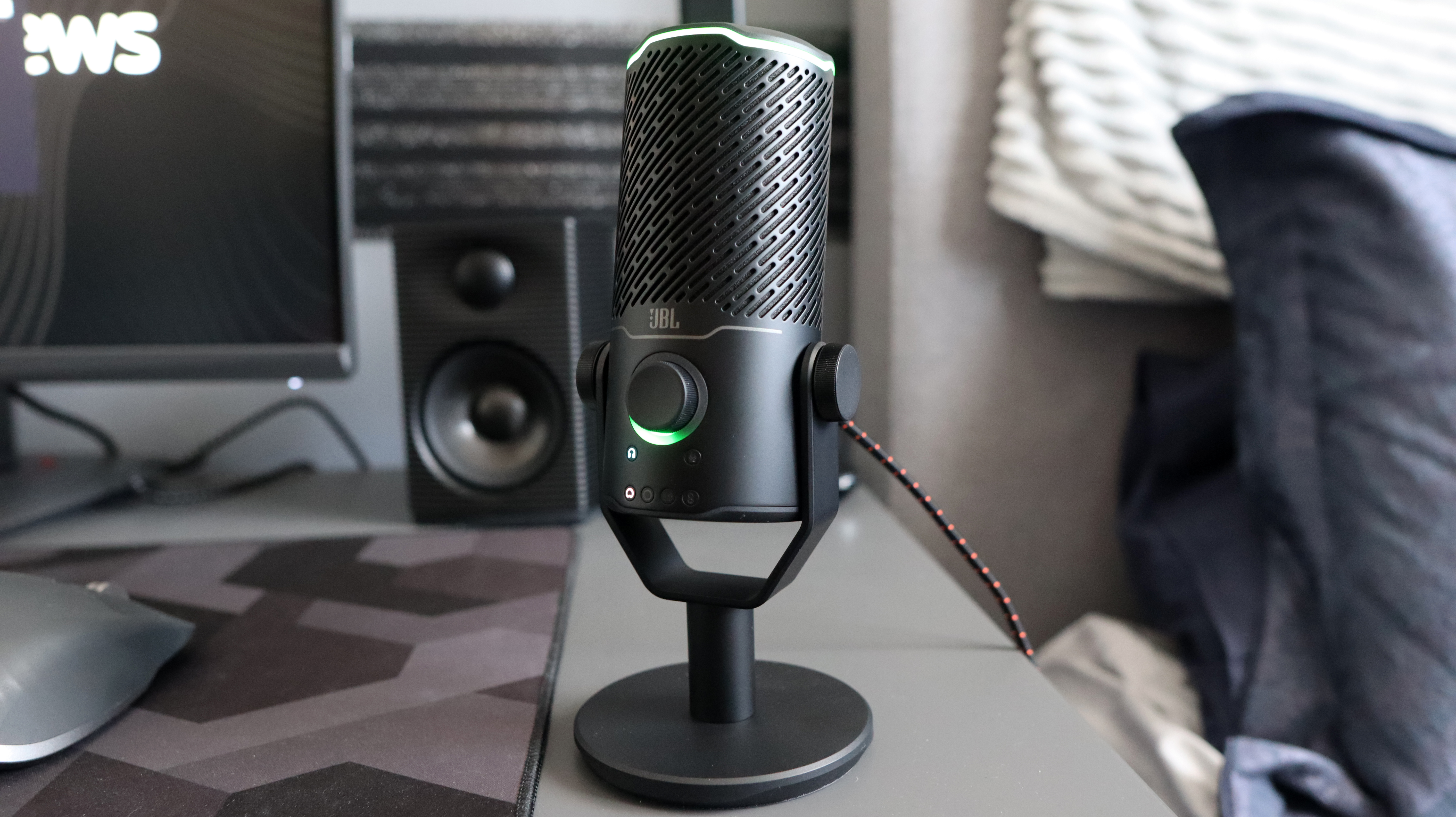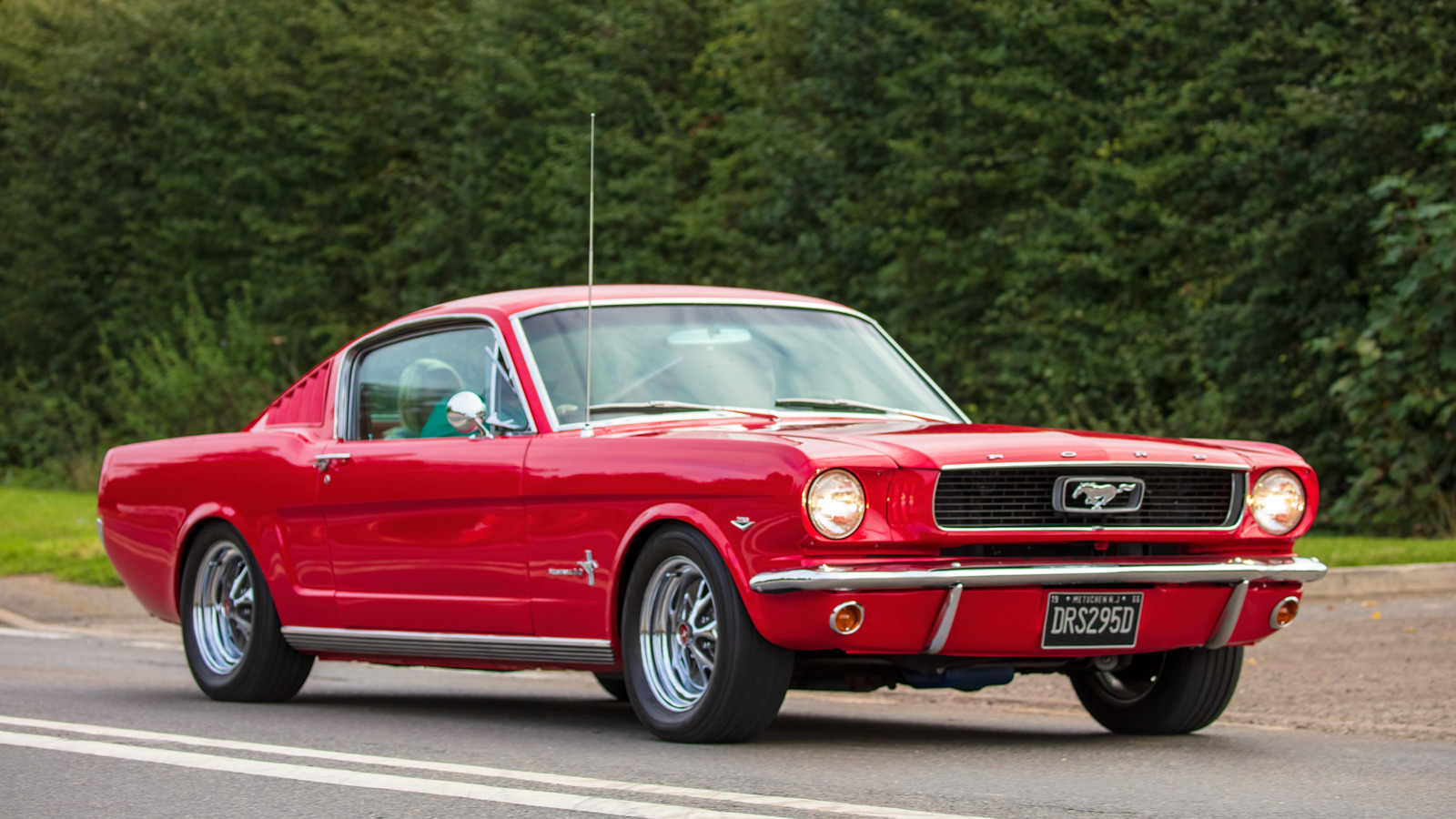Sigma announces the world’s first f/1.8 full-frame zoom for mirrorless cameras – and it looks a treat for filmmakers
The long-awaited full-frame version of Sigma's legendary 18-35mm f/1.8 Super 35 lens is finally here, for Sony E-mount and L-Mount cameras.
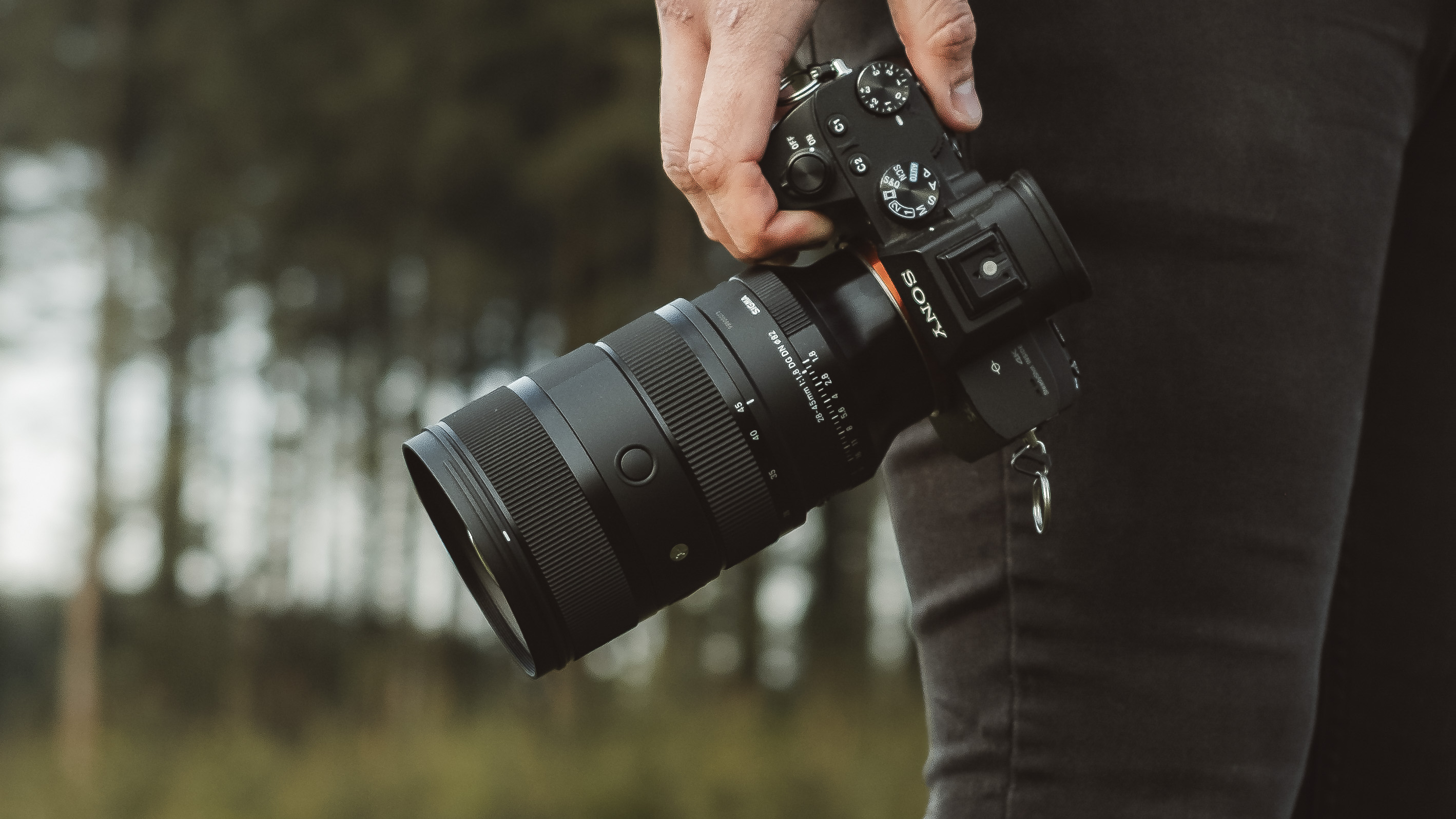
Sigma has unveiled a lens that is sure to excite filmmakers everywhere: the new Sigma 28-45mm f/1.8 DG DN. It's the first full-frame zoom lens for mirrorless cameras with a constant f/1.8 aperture throughout its entire zoom range.
It might sound like it has a modest zoom range, but trust me this lens will get plenty of interest, based on the popularity of the Sigma 18-35mm f/1.8 DC HSM. The Super 35 lens (APS-C) was game-changing, also delivering a constant f/1.8 aperture across its wide to standard zoom lens range, ably covering off multiple video scenarios.
Just about every indie filmmaker I've worked with, or low-budget set I've been on, has at one point used Sigma's legendary 18-35mm, even adapting the Super 35 lens to full-frame cameras. That's no longer necessary with the new 28-45mm f/1.8 lens in the picture.
It'll be available from June 20 in Sony E-mount and L-Mount versions – the latter being used by Panasonic, Leica and Sigma's own cameras, and costs $1,299 / £1,299 (Australia pricing is TBC, but that converts to around AU$1,950).

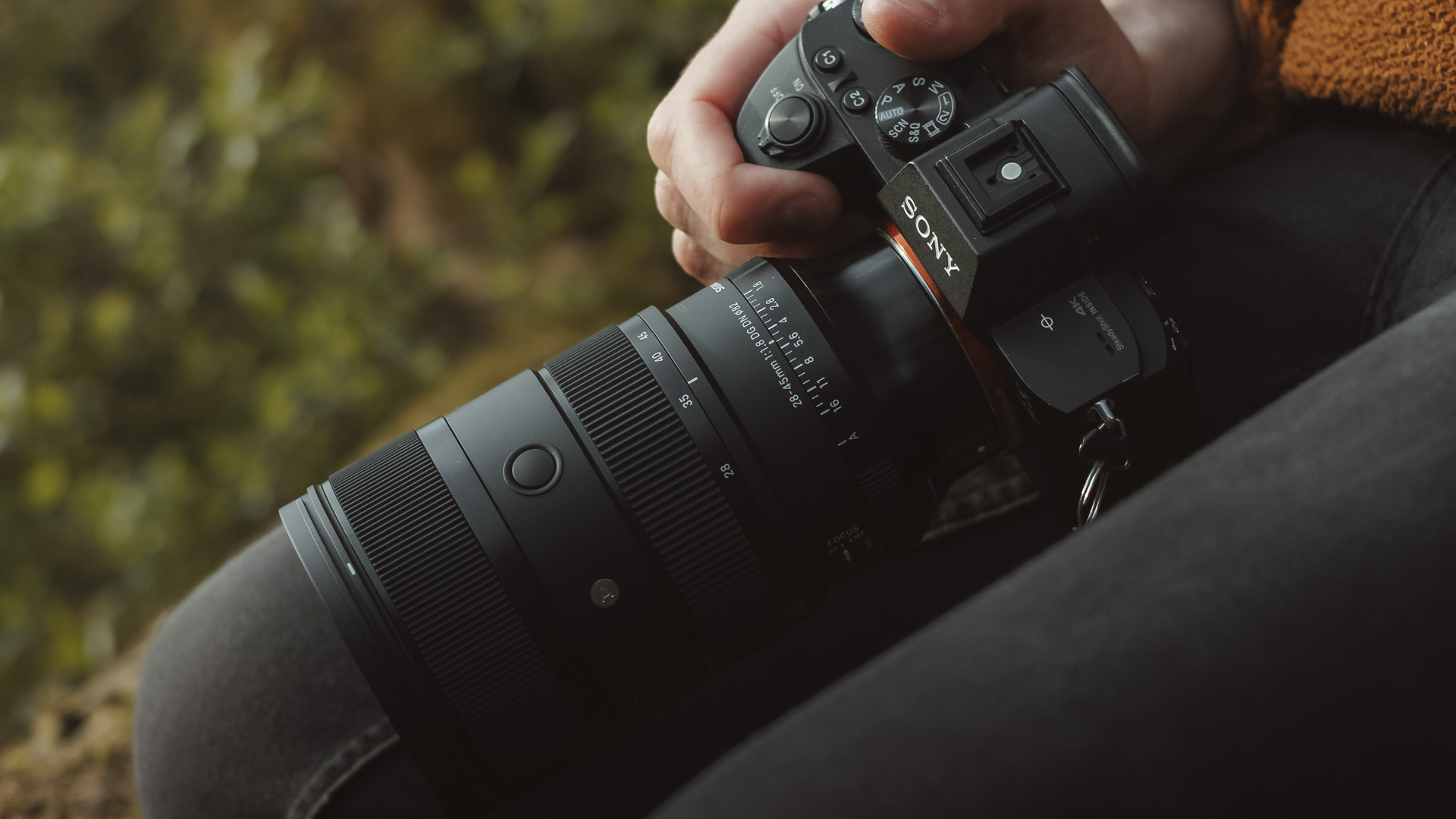
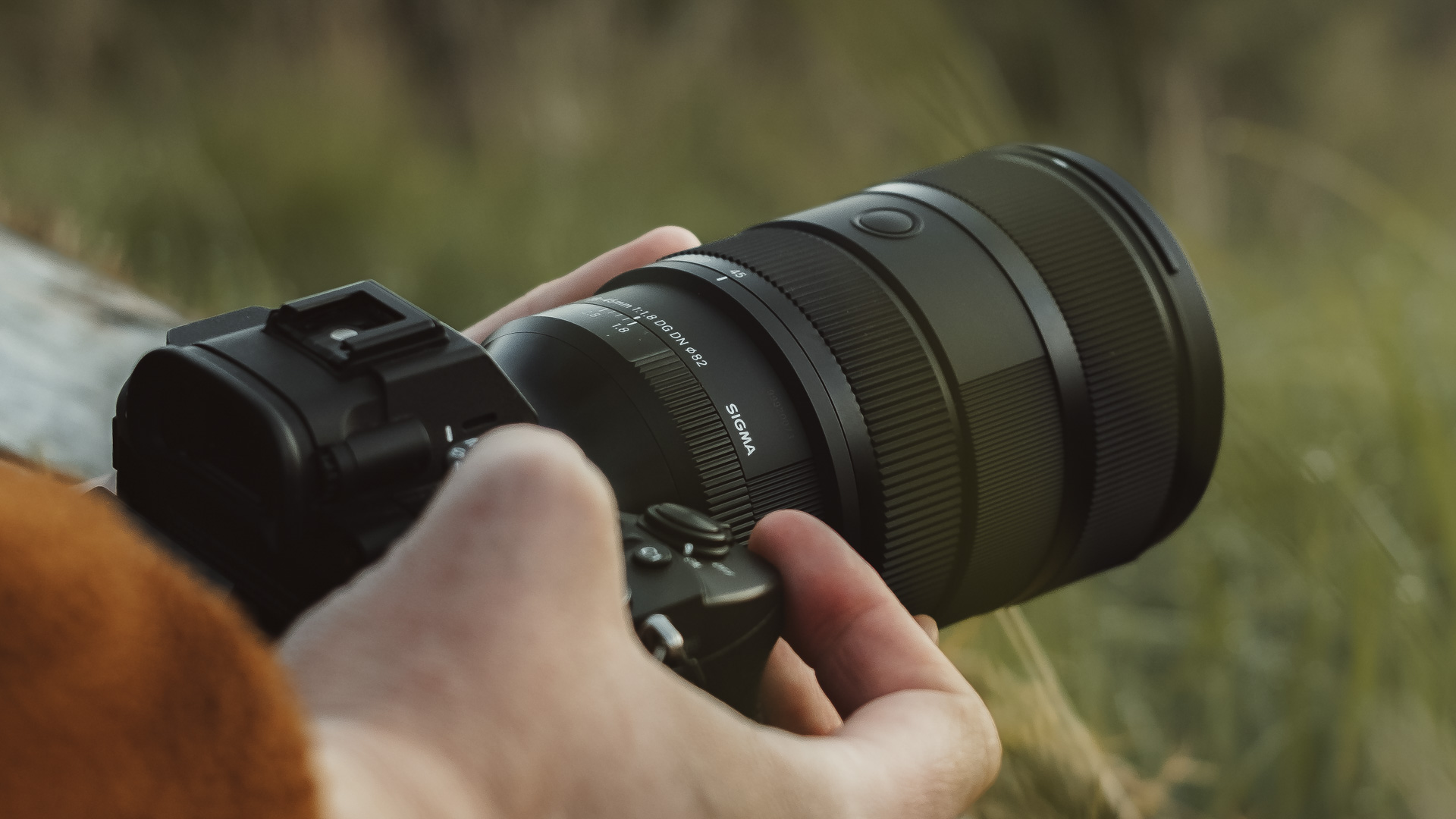
Sigma says its new full-frame lens delivers prime lens quality across its range. And it's an altogether different prospect to its now 11-year-old sibling (which was launched all the way back in April 2013), with an improved design and no doubt superior optical quality.
The two lenses are poles apart; the latter was adopted by filmmakers rather than being made for them. Fast forward to a time where most customers in this market shoot both photo and video, and Sigma's latest innovation, the 28-45mm f/1.8, packs numerous features that make it a better hybrid lens.
Firstly, it features an aperture ring with the option to switch between being clicked or smooth. There's focus breathing suppression, too – crucial for video – plus a linear motor for high-speed autofocus, and a bi-wire drive focus ring for precise manual focus.
The dust and splash resistant lens offers a 11.9in / 30cm minimum focus distance throughout the zoom range, with a maximum 1:4 magnification ratio at its telephoto setting – that's decent close focusing.
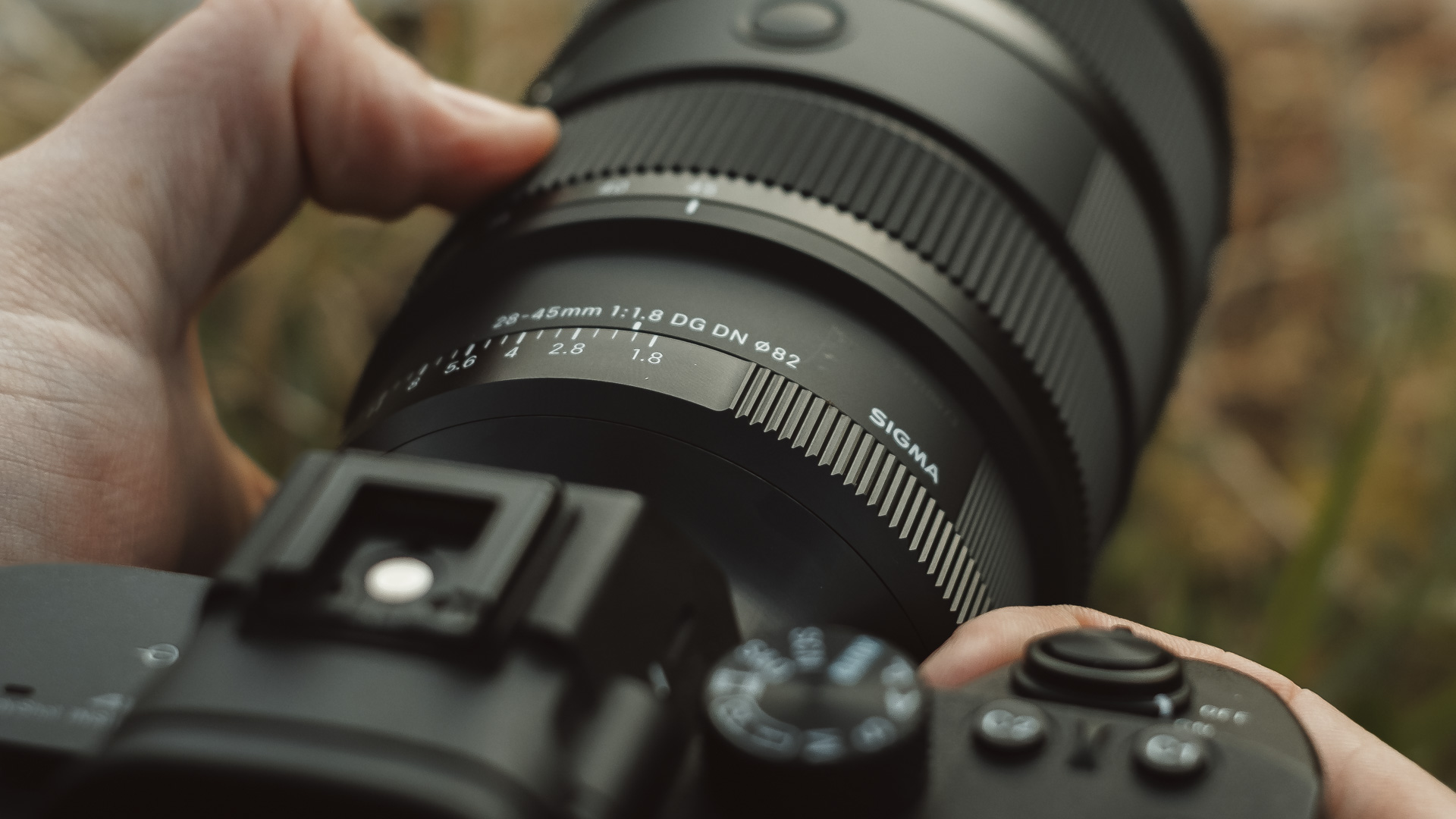

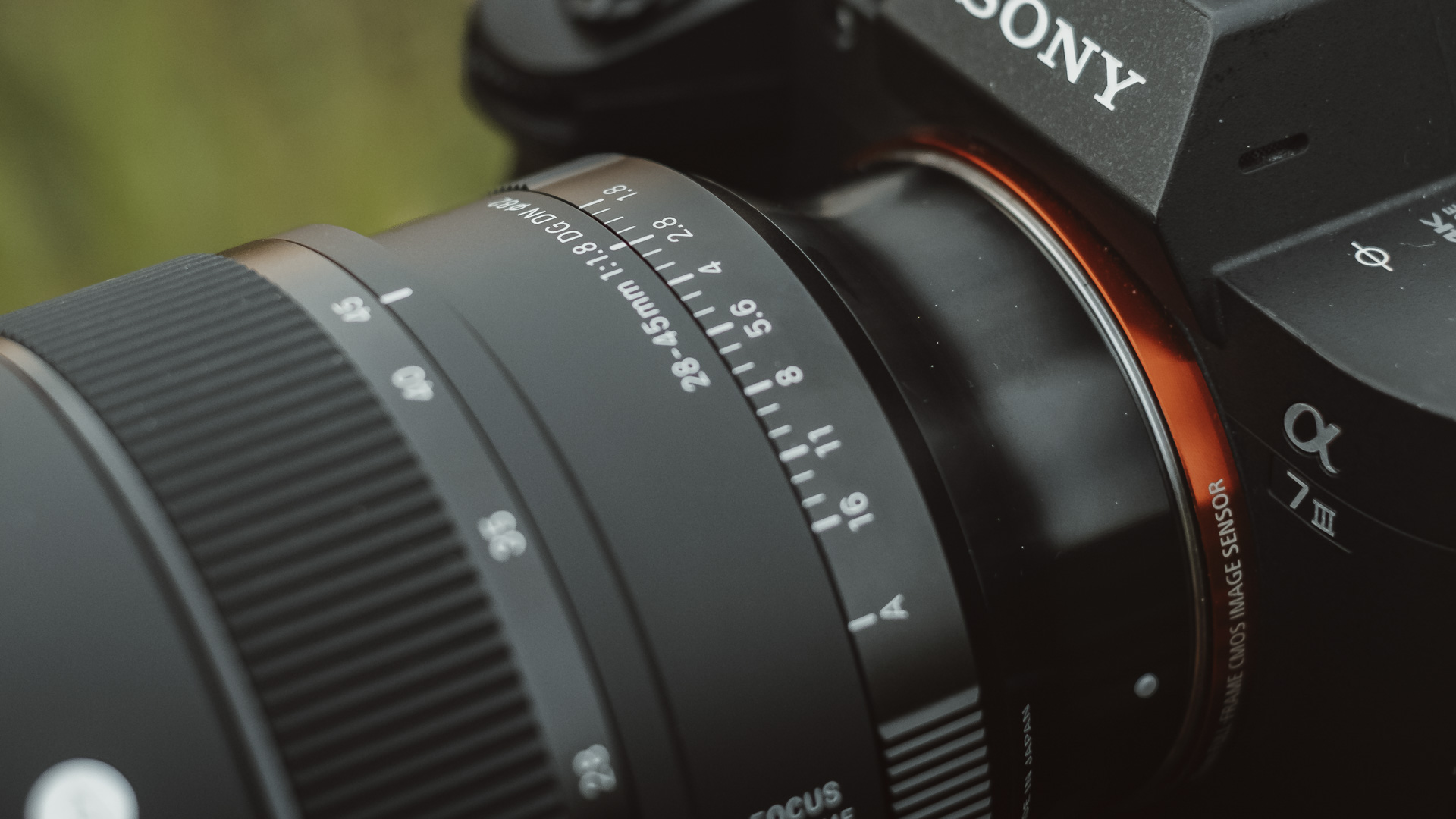
Optically, we expect the lens to be excellent, too. There's a complex lens construction comprising 18 elements in 15 groups, plus an 11-blade rounded diaphragm for smooth bokeh.
All in all, this is a much more serious lens than its sibling: it's pricier and at 33.5oz / 950g it's heavier than Sigma's 18-35mm f/1.8. But I'm comparing apples with oranges. Against 2024's rival lenses, the Sigma 28-45mm f/1.8 DG DN lens is decent value, and although we've not tested the lens yet, expectations are high.
If there's any criticism it could be that the widest 28mm setting might not be wide enough for a number of filmmakers, for whom Sigma's own 24-35mm f/2 DG HSM could be a better bet.
However, the 28-45mm f/1.8 could be a lens that delivers excellent handling, versatile features and superb image quality for filmmakers who also take photos. That means it could also cement itself as one of the best Sony lenses or a perfect partner with a camera like the Panasonic Lumix S5 II. Kudos to Sigma once again for creating an innovative-looking lens.






